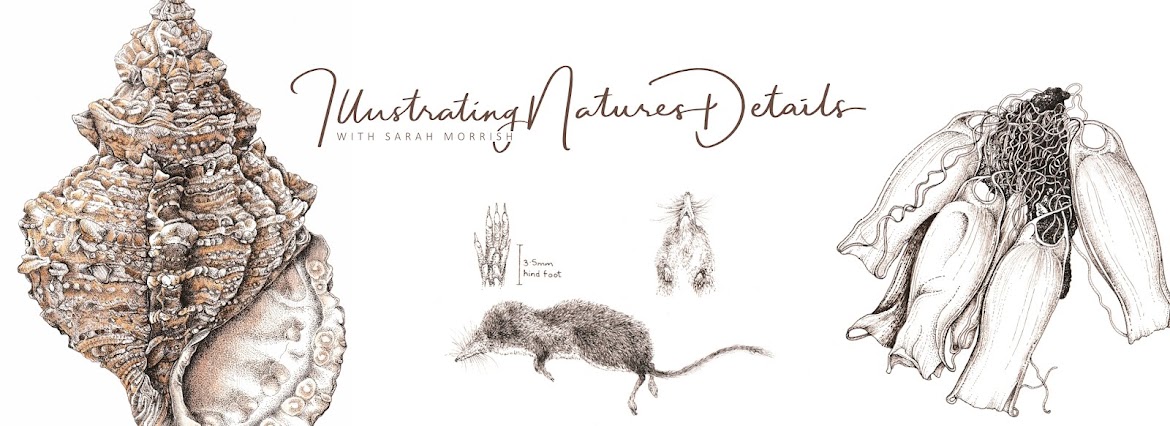Autumn is a second spring when every leaf is a flower. Albert Camus
Regular visitors to the blog would have noticed the change to the banner image above as my favourite season is here.
Why favourite ? It is a season that moves me, it stirs something up inside me, from the first glance of the red jewel like rose hips in a hedgerow, to the skeletal seedpods and umbellifer remains at the end of the season.
The pencils and paintbrushes have been busy and the subject matter varied and work is evolving, the majority of which has been painted on vellum. I have started a series that I am going to call 'Dispersal'. The montage approach works well for these subjects and shows examples of dispersal at this time of year.
'Dispersal (i)' Honesty seedpods. One more will be added and also an escaped seed from one of the pods. These have been painted on Kelmscott vellum.
To see more about how I drew and painted these, I have created a tutorial treat for you - my latest video can be found at the bottom of this page.
Apologies for not such a good photo. Work in progress on 'Dispersal (ii)'
The county of Hampshire where I live is not known for many orchards. Orchards are an important habitat which are in great decline across the country. Smaller ones on private land can easily deterioate if neglected too.
Two commercial orchards fairly near to where we live have 'Apple Days' coming up and we are hoping to visit one of them and buy some of the produce. Hill Farm Orchards have Applefest on Saturday 1st October and the Blackmoor Estate have their Apple Tasting Day on Sunday 9th October.
West Dean Gardens in West Sussex also have their Apple Affair on Saturday 1st and Sunday 2nd October
To top it all with more apple activities, I will be demonstrating botanical art (drawing and painting apples !) at King John's House and Heritage Centre in Romsey on the 15th October. Come along and say hello and take part in apple themed activities for all ages. See below for more information.
Devon Crab Apples - watercolour
Other news
My new online course will now be launching in the New Year 2017. As my health hasn't been great, I have not been able to devote as much time to it's final preparation, so I have delayed the starting time.
News of 2017 courses will be available on the website soon. I am just finalising details with both venues, then all will be revealed.
Look out for my 'Tutorial Treats' on the Natures Details Facebook page. These take place every few weeks using Facebook Live which means you can join me and see me working live and ask questions too, by typing them in the comments section. I look forward to meeting you !




















































